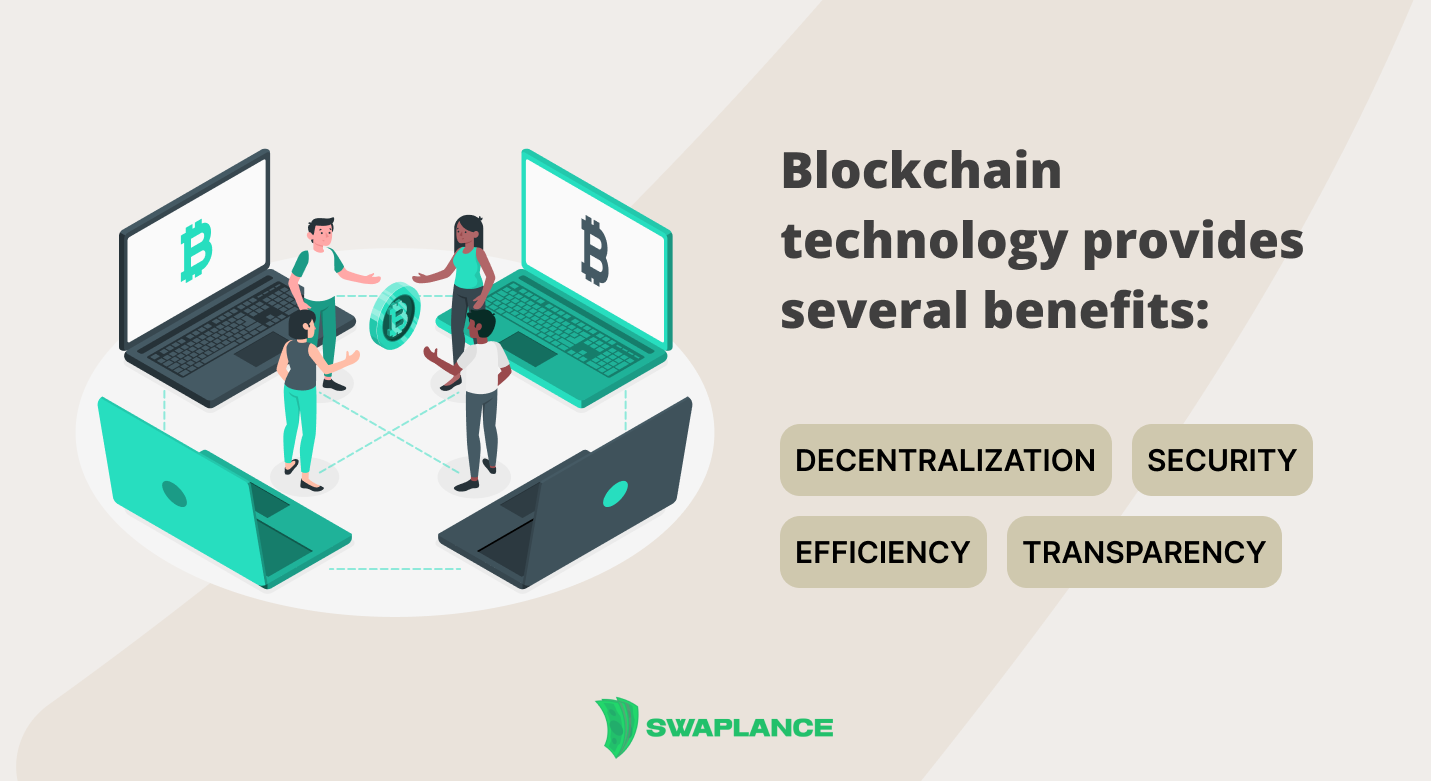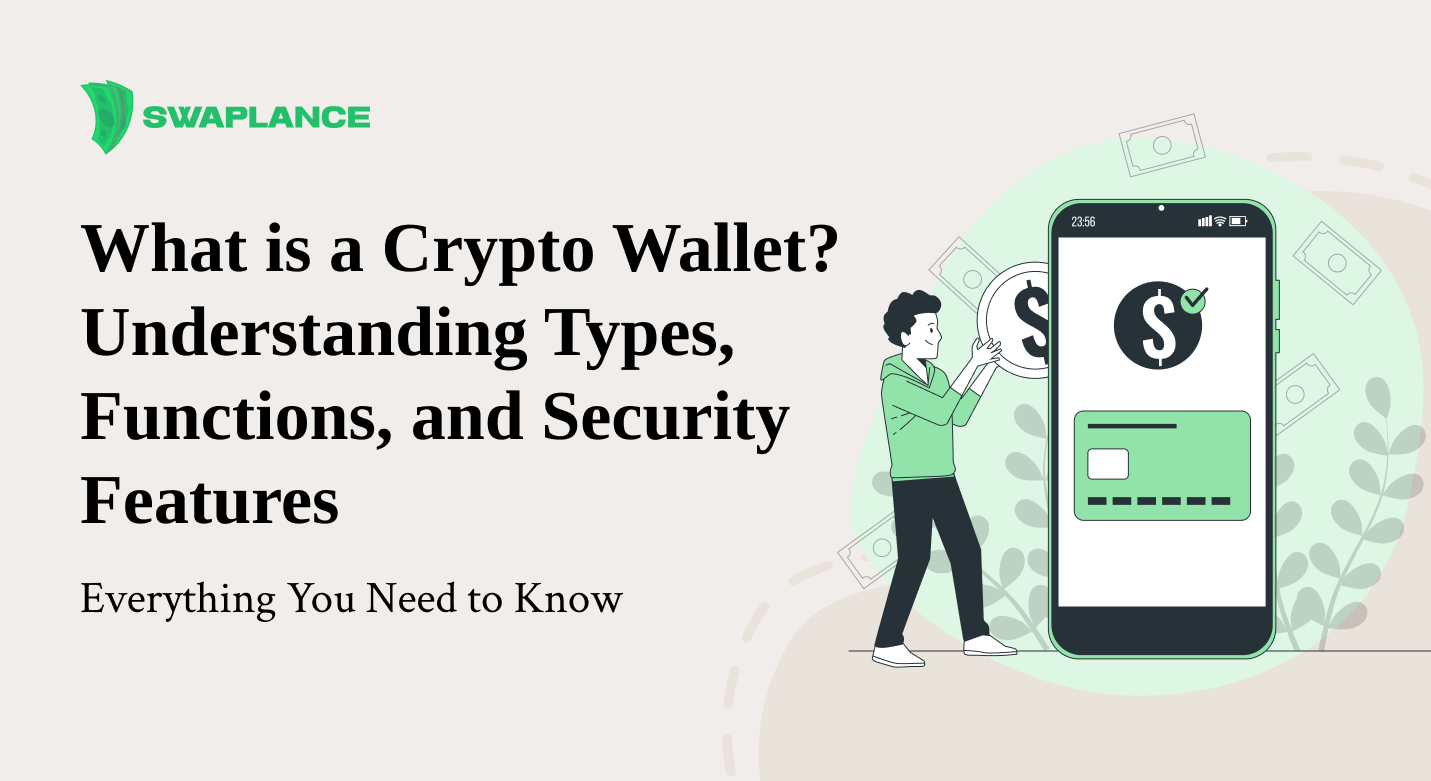
What is Blockchain? Understanding How It Works, Its Purpose, and Its Role in Cryptocurrencies
Blockchain technology has revolutionized how we think about digital transactions, data security, and decentralized networks. Originally developed as the underlying technology for Bitcoin, blockchain has since expanded its applications across various industries, reshaping how data and value are transferred and stored. This guide will help you understand what blockchain is, how it works, its purpose, and its critical role in cryptocurrencies.
What is Blockchain?
Blockchain is a type of distributed ledger technology (DLT) that securely records transactions across a network of computers, ensuring transparency, security, and decentralization. Unlike traditional databases that store data in a centralized location, blockchain data is organized into "blocks" and linked together in a chronological "chain." Each block contains a list of transactions, a timestamp, and a unique cryptographic hash that connects it to the previous block, forming a secure, unalterable chain.
The key to understanding blockchain technology lies in its decentralized nature. Instead of relying on a single central authority (like a bank or government), blockchain is maintained by a network of nodes—computers that validate and record transactions. This makes blockchain highly resistant to fraud and tampering because altering a single block would require altering all subsequent blocks on every node in the network.
Blockchain technology offers a new way to securely store and share data, making it invaluable for applications requiring trust, transparency, and efficiency.
Blockchain technology is not just limited to cryptocurrencies; it has found uses in various industries, from supply chain management to healthcare. Platforms like Swaplance allow customers to find freelance experts who can help implement blockchain solutions for their specific needs. Swaplance connects businesses with professionals skilled in blockchain development, helping streamline transformative technology integration.
How Does Blockchain Work?
To understand how blockchain technology works, imagine it as a digital ledger that is continuously updated and shared among multiple participants. Here's a step-by-step breakdown of the process:
- Transaction Initiation: A user initiates a transaction, which is then broadcasted to the blockchain network. This could be a financial transaction, data exchange, or any action that needs recording.
- Validation: Nodes in the network validate the transaction using consensus mechanisms, such as Proof of Work (PoW) or Proof of Stake (PoS). These mechanisms ensure that only legitimate transactions are added to the blockchain.
- Block Creation: Once validated, the transaction is bundled with other validated transactions into a new block. This block contains a timestamp, transaction data, and a cryptographic hash of the previous block.
- Linking Blocks: The new block is added to the blockchain and securely connected to the previous block using its hash. This process creates an immutable chain of blocks.
- Decentralized Storage: The updated blockchain is distributed across all nodes in the network, ensuring that every participant has an identical copy of the ledger.
This process highlights the essence of blockchain technology: a decentralized, transparent, and secure system where data integrity is maintained without the need for a central authority.
What is the Purpose of Blockchain Technology?
The primary purpose of blockchain technology is to enable secure, transparent, and tamper-proof digital transactions without relying on a centralized intermediary. This purpose extends beyond financial transactions to include data verification, supply chain tracking, smart contracts, and more.
Blockchain technology provides several benefits:
- Decentralization: Eliminates the need for central control, making processes more democratic and reducing the risk of a single point of failure.
- Security: Cryptographic hashes and consensus mechanisms secure data, making it nearly impossible to alter once recorded.
- Transparency: Transactions on a blockchain are visible to all network participants, enhancing trust and accountability.
- Efficiency: Automates processes and reduces the time and costs associated with traditional record-keeping.
Blockchain technology aims to create a more secure, transparent, and efficient way to manage data and transactions. This is particularly beneficial in industries such as finance, healthcare, logistics, and government.

How Does a Hash Help Secure Blockchain Technology?
A hash is a cryptographic function that converts input data (like transaction information) into a fixed-size string of characters, often appearing as a random sequence of letters and numbers. Hashes are fundamental to blockchain security in several ways:
- Data Integrity: Each block’s hash is unique and based on its content. If any data within the block is altered, the hash changes immediately, signaling tampering.
- Linking Blocks: Each block contains the previous block's hash, creating a chain. This link makes it extremely difficult to alter a block without changing all subsequent blocks, providing robust security.
- Consensus Verification: Nodes use hashes to validate the integrity of blocks during the consensus process, ensuring that only authentic transactions are added to the blockchain.
Hashes play a critical role in maintaining the integrity and security of the blockchain by securing the data within blocks and linking them cryptographically.
How Are User Identities Protected in Public Blockchain Technology?
Public blockchains are open and transparent, meaning anyone can view the transaction history. However, user identities are protected through cryptographic techniques:
- Anonymity through Addresses: Users on a blockchain do not transact using their real names but rather with cryptographic addresses or public keys, which are essentially long strings of characters that do not reveal personal information.
- Pseudonymity: While transactions are public, the link between an address and the user’s real identity is not. This pseudonymity adds a layer of privacy.
- Advanced Privacy Protocols: Some blockchains, like Monero and Zcash, use advanced cryptographic methods, such as zero-knowledge proofs, to further protect user identities and transaction details.
These measures ensure that the blockchain remains transparent and secure while protecting individual user identities from public exposure.
How Does a Block of Data Get Locked on a Blockchain?
A block of data gets locked on a blockchain through a process called "mining" in Proof of Work (PoW) systems or "staking" in Proof of Stake (PoS) systems:
- Consensus Mechanism: Depending on the type of blockchain, miners or validators compete to solve complex cryptographic puzzles or validate transactions.
- Validation and Addition: Once a miner or validator succeeds, the block is validated and added to the blockchain.
- Immutable Record: After a block is added, its data is locked in place, and altering it would require recalculating all subsequent blocks, which is computationally impractical and economically unfeasible.
This process ensures that each block of data is securely locked and that the entire blockchain remains an immutable ledger.
What Best Describes the Relationship Between Blockchain Technology and Cryptocurrencies?
Blockchain technology is the backbone of cryptocurrencies, serving as the ledger that records and secures every transaction. Without blockchain, cryptocurrencies would not exist as we know them. Here’s why:
- Decentralized Ledger: Blockchain enables cryptocurrencies like Bitcoin and Ethereum to operate without a central authority, providing transparency and security.
- Trustless Transactions: Blockchain eliminates the need for intermediaries, allowing peer-to-peer transactions that are verified by the network instead of a third party.
- Security: Blockchain’s cryptographic structure secures cryptocurrency transactions, making them resistant to fraud and double-spending.
In essence, blockchain technology provides the framework that allows cryptocurrencies to function securely and efficiently, making it a fundamental component of the digital currency landscape.
Common questions
-
Can blockchain technology be used outside of cryptocurrencies?Yes, blockchain technology can be used outside of cryptocurrencies and is being widely adopted across various industries due to its ability to provide secure, transparent, and tamper-proof data management. For example, in supply chain management, blockchain helps track the movement of goods from origin to delivery, enhancing transparency and reducing fraud. In healthcare, it is used to store patient records, ensuring data integrity and privacy securely. Other applications include digital identity verification, smart contracts in legal processes, and voting systems to prevent election fraud, demonstrating blockchain's versatility beyond cryptocurrencies.
-
What are the main benefits of using blockchain technology?The main benefits of using blockchain technology include enhanced security, increased transparency, and improved efficiency. Blockchain’s decentralized and encrypted nature makes it highly secure, reducing the risk of data tampering and fraud. Its transparent ledger system allows all parties in a network to view transactions, fostering trust and accountability. Additionally, blockchain can streamline processes by automating transactions with smart contracts, which reduces the need for intermediaries, lowers costs, and accelerates transaction times. These advantages make blockchain a powerful tool for industries beyond finance, such as healthcare, supply chain, and legal services.
-
How does blockchain ensure the immutability of data?Blockchain ensures data immutability through its decentralized structure, cryptographic hashing, and consensus mechanisms. Each block in the blockchain contains a unique hash of the previous block, linking them together in a chain. If any data within a block is altered, the hash changes, breaking the chain and making the tampering immediately apparent to the network. Additionally, consensus algorithms, like Proof of Work (PoW) or Proof of Stake (PoS), require agreement from the majority of the network participants to validate new transactions, making unauthorized changes virtually impossible. This combination of cryptographic security and distributed verification ensures that data on the blockchain remains permanent and tamper-proof.
 Mark Petrenko
Mark Petrenko 




